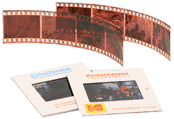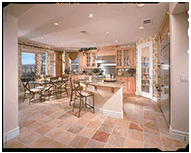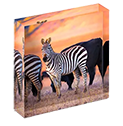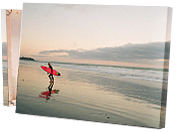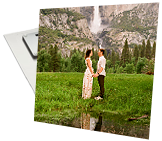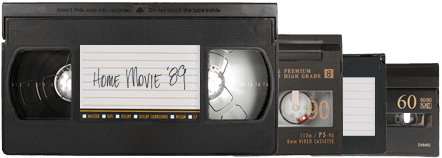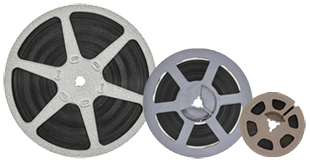With film usage and adoption on the rise, we wanted to resurrect the debate of digital photos versus analog photos. As a film processing lab we obviously have a bias, so not going to say which is better, but just to present the differences and list advantages.
While in Eastern Sierra Nevada we shot two photos, one film and the other digital. Both the digital photo and the film photo were taken with the same settings. The left image was captured on Velvia 50, taken with a Canon EOS 3, a 50mm lens at f/4. The photo on the right was taken with a full frame Canon 6D with 50mm, 100 iso and f/4. Both images are unedited. As you can see, Velvia 50 has very fine grain and has rich vibrant colors straight from the scan compared to the unedited JPEG from the Canon 6D. And yes, you do have the option to edit digital photos but there’s something special about making a beautiful image in-camera on film and not having to spend any time editing!
Also, if you’re looking for a little less saturation, there are other great film choices, like Provia 100 which isn’t as saturated but still has great color and fine grain or you could go with a color negative film which will give you more subtle colors and has a wider range of exposure latitude.

Film Photography Advantages
- Lower initial cost than for a comparable digital camera
- With a higher dynamic range, film is better at capturing details in whites and blacks and can’t be replicated with digital cameras. Also film can capture subtle details lost in digital photography
- Film is more forgiving of minor focusing issues and exposure problems
- Film captures photos at higher resolution than most digital cameras
- Analog film can be pushed or pulled multiple stops when needed, but the amount of contrast within the image is affected. Some photographers use this to their advantage to create the ideal look they desire, but this method still does not allow extremely high ISO speeds without impacting image tones.
- Film photographers with a limited number of exposures available on a roll of film must think more about their images before shooting them. Digital photographers tend to take pictures first and think later. Depending on your viewpoint, this is either an advantage or disadvantage.
- Unlike digital cameras, film cameras are future proof and don’t become obsolete.
- No power or batteries needed. Long trips and cold conditions can be limiting for digital cameras.
- The Darkroom photo lab scans your film photos, now allowing you to edit your images on a computer with photo-editing software or share in social media.
Digital Photography Advantages
- The resolution in even point-and-shoot cameras, which is often 12 to 20 megapixels is high enough resolution for large prints.
- Digital cameras also have the advantage of being able to change film speeds between individual photographs.
- The cameras are generally lighter weight than film cameras.
- Memory cards are tiny and can store many images.
- Instant gratification and images can be viewed immediately. Some film photographers consider this a disadvantage.
- You can edit your images directly on the camera.
- You can choose to print only the images you like best.
- Many cameras offer built-in filters.
We’d love to hear your thoughts on this topic in the comments below.

This was originally posted on our Instagram (instagram.com/thedarkroomlab).
Below is some of the comments from that post.
velorydr Cool, thanks for the comparison! It would be interesting to see how true Velvia film would hold up against an in-body Fujifilm digital simulation, or VSCO simulation. Keep up the good work!
koribrus The same thing sold me after 1roll. I still shoot both, but the bigger love is with film.
ben_holiday Shooting jpg without a raw option is just sad ? and holds no candle to velvia or any film. That being said a raw file in the right hands can be a very different story. Film and digital are tools there is a tool for every type of job, in the end it’s all about how they are used and the skill of the user.
barce I hate feeling broke after shooting with film. Yeah, I did a similar experiment with a raw Canon T3i and Velvia which did a great job of catching very subtle highlights. Film you can over expose to get details but digital you have to do the opposite. Right now digital to print is way less hassle. If I had to photograph in Antarctica I’d stick with film. No digital camera’s battery can stand the cold (-20C/F). That’s the only job I see for film these days.
__mason thank you for this great comparison! I’ve been shooting film for years, & when I tried going out with a digital camera a few times I just couldn’t get near the results I was used to without time at a computer. granted I’m no photoshop expert. but man there really is nothing better than composing a photo, developing it & loving it as is. there’s a lack of satisfaction & emotion in knowing I need to re-work all of my digital images to get the right colors & mood. I’m sure a lot of people love that aspect, but I’ll forever prefer letting the magic happen then & there, with light simply making its way to a piece of film.



 My Account
My Account



